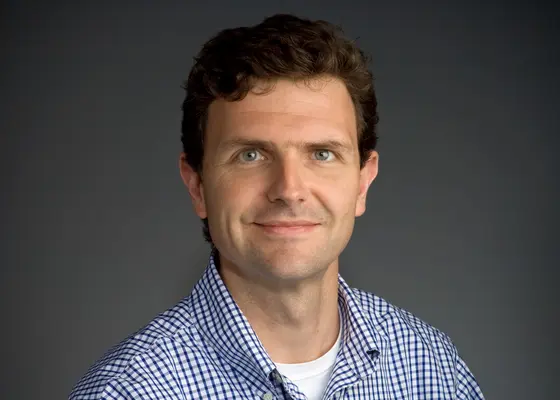Acute lymphoblastic leukemia (ALL), the most common childhood cancer, originates from immature lymphocytes in the bone marrow. In Germany, about 500 children develop this aggressive type of blood cancer each year. Most young ALL sufferers can be cured by chemotherapy. However, sufferers who relapse have a poor prognosis and do not respond to chemotherapy drugs any more.
In his work, Charles G. Mullighan explored the question of why there are such marked differences in aggressiveness and treatment response in this disease. He took the approach of genome analysis, studying gene activity profiles and deciphering tumor genomes. He compared tumor genomes of large groups of affected children in order to search for genetic changes peculiar to cancers with concordant characteristics as potential targets for novel therapies. He also is a pioneer in searching for specific genetic changes that might be used for treating individual patients.
Mullighan found out, for example, that ALL cells at the time of first diagnosis differ dramatically from those at the time of a later relapse in the copy number of individual genes. This affects mainly those genes that are involved in cancer cell growth and division. Only few changes affect genes that play a role in transport or metabolism of chemotherapy drugs. This suggests that –unlike previously assumed – chemotherapy resistance is not the main cause of recurrence. Instead, cancer cells with new combinations of growth-promoting genes, which have completely new properties and must be treated differently, seem to be responsible for a relapse of the disease.
Just this year, Mullighan discovered the genetic changes underlying a particularly aggressive subtype of ALL. In this leukemia variant, which originates from early T-cell precursors, commonly applied drugs are often ineffective. The genetic changes identified by Mullighan and his collegues in this subtype of ALL were more similar to the pattern of genetic defects typically found in another blood cancer type known as myeloid leukemia. This means that these patients might respond better to therapies directed against myeloid leukemia.
Charles G. Mullighan, M.D., has been doing research at the Department of Pathology at St. Jude Children’s Research Hospital in Memphis, Tennessee, U.S.A. since 2004. Australian-born Mullighan studied medicine and surgery at the University of Adelaide. He earned a Master of Science in Medical Immunology at London University and an M.D. back in Adelaide. At Royal Adelaide Hospital he trained as a hematologist. In 2004, he joined St. Jude Children’s Research Hospital, where he has concentrated on the biology of leukemias.
The award ceremony will take place at a scientific symposium hosted by the Meyenburg Foundation on November 27, 2012 starting at 3 p.m. at DKFZ’s Communication Center. Among other contributors, Robert Schröder, pilot and safety officer at Lufthansa, will talk about human error and flight safety. Please find the complete program at
www.dkfz.de/de/aktuelles/download/Meyenburg-Cancer-Research-Award-Symposium-2012_fin.pdf.
Dr. Marion Meyenburg, daughter of founders Wilhelm and Maria Meyenburg, will personally present the award to Charles Mullighan at the end of the symposium. The Meyenburg Award honors outstanding achievements in cancer research. Established in 1981, it is awarded annually and is one of Germany’s science prizes with the highest award sums. The value of this distinction is also highlighted by the fact that several Meyenburg laureates have been awarded the Nobel Prize for Medicine. Dr. Andrew Fire, Meyenburg Award winner of 2002, was awarded the Medicine Nobel Prize in 2006. In 2009, Dr. Elizabeth Blackburn, Meyenburg laureate in 2006, was awarded the Nobel Prize for Medicine. And in a couple of days, Shinya Yamanaka, Meyenburg Award winner of 2007, will receive this year’s Nobel Prize in Medicine from the hands of the King of Sweden.
Date: Tuesday, November 27, 2012, 3 p.m. – 6:30 p.m.
Place: Communication Center of the German Cancer Research Center (DKFZ)
Journalists and interested members of the public are welcome to attend.
A picture of Charles G. Mullighan is available on the Internet at:
59-Charles-Mullighan.jpg
